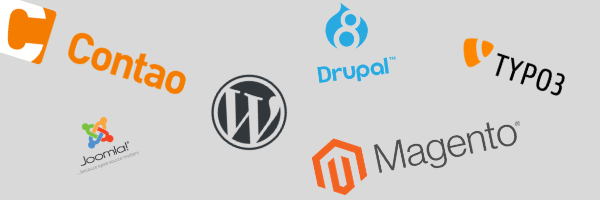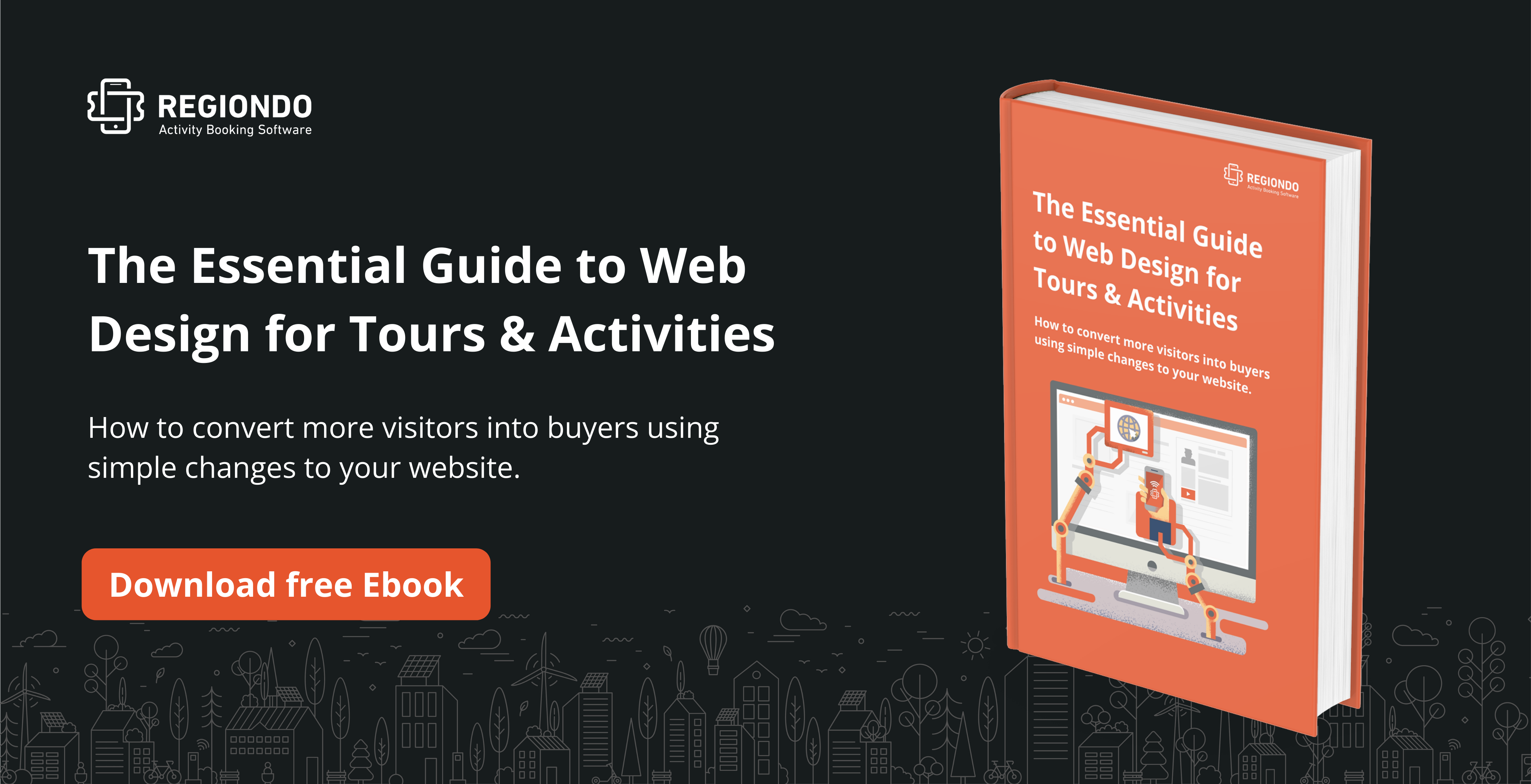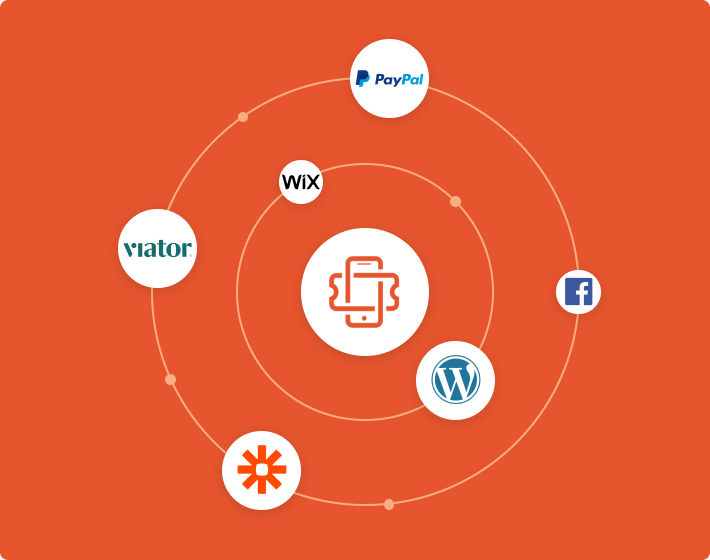There are many ways to sell tours and activities.
From online travel agencies to review sites and social media, the possibilities for growth are endless.
But you know what? Relying on these external channels exposes you to risk.
What if they shut down? Or what if they decide to change their ranking algorithms, drastically affecting your sales? This has happened many times for businesses that rely entirely on sites like Facebook, Google, or TripAdvisor to drive their growth.
This is why it’s important to invest in building and developing your own website.
Not only does it reduce reliance on external platforms, but your website also gives you full control over the user experience and overall branding.
But why is that important?
Well, improving your website conversion rates is probably the biggest lever you have to increase your sales. Take this for example:
Let’s say 1 out of every 100 website visitors buys from you. If you make changes to your website that increase it to 2 out of 100, you have basically doubled your sales. That’s the power of having a well-converting website.
But where do you get started?
Whether you have a website already or you want to improve your existing one, we’ve prepared a set of best practices to help turn your website into a sales machine.
In this post, we’ll cover everything from choosing a content management system to setting up your online store and even analyzing your website performance.
Ready? Let’s go.
Start with your visitors in mind
When building or updating your website, the most important factor to consider is your visitors.
After all, you’re creating the website for them, not for yourself.
So before undertaking any changes, make sure you know who you’re addressing and make changes with them in mind.
You can make accurate and data-backed decisions only after you’re clear on your target market.
If you’re not sure about who that is, read our post about the 5 types of people who visit your site and how to sell to them.
CMS – What is it and do you need one?
CMS stands for Content Management System. These are online platforms that help you create and modify digital content.
The biggest example here is WordPress but there are many other options you can consider.

The advantages you get from a dedicated CMS are many – such as faster time to get up and running with your website, easier content management, and built-in features and plugins.
On the other hand, they might not be as flexible as custom solutions. So in case you want your website to include more advanced features, you might look into hiring a developer.
That said, modern content management systems are very flexible and allow you to modify much of the core functionality. They also come at a fraction of the cost of developing and maintaining a custom-made website.
If you’re not using a CMS already or looking to change, read our post on the best content management systems for tours and activities.
Setting up an online store
Okay, so you have your website set up using a CMS or a custom solution. Now, how do you make sales online?
Of course, you’ll need to set up an online store. There are 2 main options for you here.
Similar to content management systems, you can opt-in for a dedicated booking system that’s pre-built and ready to use. This lets you set up your shop much faster and cheaper than if you go for a custom solution.
The benefit of the custom solution is more flexibility but it also comes with higher setup costs, ongoing maintenance requirements, and no pre-built integrations to work with.
You can learn more about setting up your online store in our dedicated post on the topic.
Improving your website on an ongoing basis
If your website can make such a difference to your bottom line (see example at the beginning), why would you set it up and then just hope for the best?
Assuming you have a running website, now it’s time to look into ongoing improvement.
If you’ve opted for a dedicated CMS and booking system, making changes to your content and offers will be relatively easy without hiring a developer.
To help with best practices for ongoing improvement, we asked Margaret from TourismTiger to chip in with some tips.
The guys at TourismTiger started with a mission to build great websites for tour and activity operators that are effective from Day 1 and STAY effective in the long-run. So who better to turn to for advice and best practices?
Without further ado, let’s dive in.
1. Content quality
If your photos and videos aren’t perfect, update them. Perhaps you put in low-resolution photos as a placeholder until you rented a great camera and took some amazing photos. Now is the time to make it happen. Great photos and videos are what people need to see if they’re going to book with you instead of your competitors.
If you don’t feel confident in your ability to create high-quality content, hire a professional photographer. It will be worth the investment.
2. Create variety in how people can reach you
Travelers around the world need different ways to contact your company. Make this experience better for them by giving them a choice about how to get in touch.
Older guests may prefer to call and talk to someone on the phone about their questions and concerns. Instead of losing this type of customer, give them the option to call.
A real conversation over the phone is a great opportunity for tour operators to calm a hesitant guest’s fears and give them the personal assurance that they’re looking for.

You should also give your site visitors the option to call via Whatsapp or Skype. Travelers could be coming from all over the world and unable to reach you with a traditional phone call.
Assuming that you already have some way of getting in touch through email on your website, you should also consider offering different options. Some people prefer to see an email address and contact name listed so they can send a personal email with their inquiries, while others prefer the convenience of a contact form.
If you want people reaching out to you, you should give them these options so it’s easy and convenient to get in touch.
3. Use Google Analytics to track performance
Use Google Analytics to determine which pages on your site are being clicked and which ones are being ignored.
Perhaps you have a great tour that isn’t getting any attention from website visitors? Change the wording and photo to try to make it more attractive. Then, track your performance to see if there’s an improvement.
If yes, then good news. If no, you can revert to the old version o try different things until you see results.
4. Website spring cleaning
Perhaps you haven’t updated your website in a long time and there is still an old tour that is no longer offered displayed there. Now is your chance to remove it. Check every page of your site for information that’s no longer relevant.
– Do you have former guides on your About page?
– Are your prices up-to-date?
– Is the food offered on each of your tours still the exact same as listed on your site?
Check every detail for accuracy and take this time to update anything that is wrong, irrelevant, or misleading.
5. Add an additional language
This is pretty ambitious, but if you have the ability and if it makes sense for your particular company, you should consider adding a new language to your website.

You may already know which language you should add, as perhaps you already get a lot of travelers from a particular country or region of the world. However, there may be travelers that aren’t coming now because they are unable to.
For example, you may consider making your website accessible for Chinese travelers. China has been the largest outbound travel market since 2012 so it’s an enormous opportunity that you may be missing out on because your website does not have any information in Mandarin.
If your site needs improvements, take the first months of the new year to dedicate some time to update it. Start with these tips and, as you go along, you’ll probably discover other ways your site could be improved.
Website Security
Ok, so now you’ve got your website up and running, it’s making sales, and you know how to improve it on an ongoing basis with Margaret’s tips.
But there’s one more aspect you need to be aware of to make your website a successful sales channel – security.
Cyber attacks in 2017 were estimated at over 350,000 which is a 100% increase compared to 2016. So you need to know a thing or two about protecting your business and customer data safe.
The crucial thing is to know about the common online fraud cases and take action to prevent incidents in advance.
In addition, make sure you have an SSL certificate installed and that you monitor suspicious activity on a regular basis. Strange addresses and unusually high order values are indications that someone may be trying to commit online fraud on your website.
To learn more about website security, read our dedicated post on the topic.
Conclusion
Improving your website is a great way to increase sales with minimal effort.
The key is to always keep your visitors in mind when building or modifying your website.
Once you’re clear on who your target market is, make sure to choose a solid CMS and booking system so you can make ongoing changes easily.
In addition, avoid getting complacent with your website, and be sure to update it on a regular basis. Review your content, localize your offers, and track performance with Google Analytics so you’re always on an upward growth spiral.
Finally, don’t neglect the security aspect of your website in order to protect your data and minimize the chances of online fraud occurring.
We hope that now you have a good checklist with things to try and have the knowledge to turn your website into a real sales machine.
You might also like:
-
- How to Increase Website Traffic for Tours and Activities
- The Best Content Management Systems For Tour And Activity Operators
- Online Fraud and How to Protect Yourself with an SSL Certificate
- The 5 Types Of People Who Visit Your Site And How To Sell To Them
- Why Tour and Activity Operators Should Invest in a Great Website





